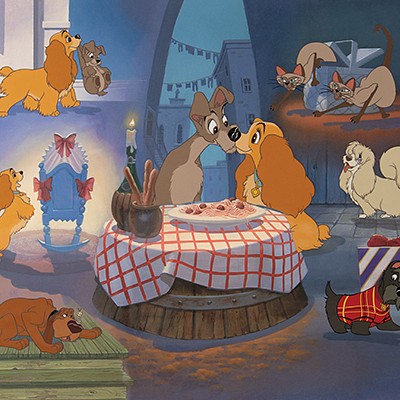Benito Mussolini Signed '1925 Locarno Treaties' Photograph with Signatures of (3) Nobel Peace Prize Laureates
Two ways to bid:
- Leave a max absentee bid and the platform will bid on your behalf up to your maximum bid during the live auction.
- Bid live during the auction and your bids will be submitted real-time to the auctioneer.
Bid Increments
| Price | Bid Increment |
|---|---|
| $0 | $5 |
| $50 | $10 |
| $200 | $25 |
| $500 | $50 |
About Auction
Mar 13, 2024
RR Auction's March 2024 Fine Autographs and Artifacts auction features 650+ rare and remarkable items. The sale is highlighted by a robust selection of original animation artwork, including Eyvind Earle's remarkable landscape panoramas, Mary Blair's whimsical concept paintings, and production cels from Walt Disney classics like Snow White, Pinocchio, Lady and the Tramp, Peter Pan, and Cinderella. RR Auction support@rrauction.com
- Lot Description
Rare original matte-finish 8.75 x 6.25 photo of the crowded negotiating table of the Locarno Treaties of 1925, affixed to its original 12.75 x 10.25 mount, which is annotated above, “Conferenza di Locarno - 16 Ottobre 1925,” and signed below in bold fountain pen by Benito Mussolini, who is pictured at the left corner of the table, and four other key foreign ministers from the event: Hans Luther, Aristide Briand, Austen Chamberlain, and Gustav Stresemann, the latter three all receiving the Nobel Peace Prize for their crucial roles 'in bringing about the Locarno Treaty.' In very good to fine condition, with scattered light foxing and mottled staining to the mount.
Named for the small city in southern Switzerland where it was held, the Locarno Treaties were seven agreements negotiated between October 5 to 16, 1925, and formally signed in London on December 1st. However, the principal treaty from this conference is remembered as the Locarno Pact. Signed by France, Germany, Belgium, Great Britain, and Italy, the treaty guaranteed Germany's western frontier, which the bordering states of France, Germany, and Belgium pledged to treat as inviolable. Britain and Italy promised to help repel any armed aggression across the frontier. The Rhineland, a part of Germany occupied by the victorious Allied Powers after World War I, was permanently demilitarized, and occupying forces were withdrawn. The agreement was to come into force only when Germany was admitted to the League of Nations with a seat on the Council, which occurred in 1926. Six other treaties were concluded at Locarno, including arbitration agreements between Germany and Poland and Germany and Czechoslovakia and agreements by which France and Poland and France and Czechoslovakia promised military assistance to each other in case of attack by a third power.
Although not as well-known as the Treaty of Versailles (1919) or the Molotov-Ribbentrop Pact (1939), the Locarno Pact was a moment of hope and promise in the interwar years that was called ‘the Spirit of Locarno.’ The Pact led to Germany accepting the terms of the Versailles Treaty and the boundaries established between France and Germany. As noted diplomatic historian A.J.P. Taylor wrote in The Origins of the Second World War (1961): ‘Its signature ended the first World War; its repudiation eleven years later marked the prelude to the Second.’ In 1936, Adolf Hitler denounced the Locarno Pact and sent German troops back into the Rhineland. The photograph shown here is in the archives of the League of Nations, which were transferred to the United Nations in 1946 and are housed at the UN office in Geneva. They were inscribed on the UNESCO Memory of the World register in 2010. - Shipping Info
-
Bidder is liable for shipping and handling and providing accurate information as to shipping or delivery locations and arranging for such. RR Auction is unable to combine purchases from other auctions or affiliates into one package for shipping purposes. Lots won will be shipped in a commercially reasonable time after payment in good funds for the merchandise and the shipping fees are received or credit extended, except when third-party shipment occurs. Bidder agrees that service and handling charges related to shipping items which are not pre-paid may be charged to a credit card on file with RR Auction. Successful international Bidders shall provide written shipping instructions, including specified Customs declarations, to RR Auction for any lots to be delivered outside of the United States. NOTE: Declaration value shall be the item’(s) hammer price and RR Auction shall use the correct harmonized code for the lot. Domestic Bidders on lots designated for third-party shipment must designate the common carrier, accept risk of loss, and prepay shipping costs.
-
- Buyer's Premium



 EUR
EUR CAD
CAD AUD
AUD GBP
GBP MXN
MXN HKD
HKD CNY
CNY MYR
MYR SEK
SEK SGD
SGD CHF
CHF THB
THB





